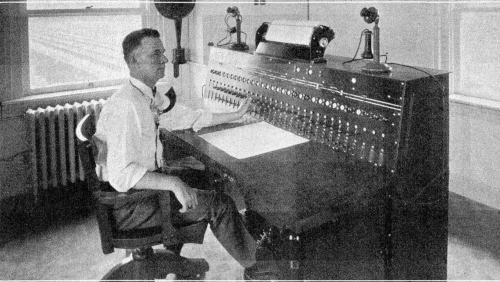Sarah Hoyt’s site has an interesting article entitled The Free Market versus Death Panels. I recommend it in general but it misses one point that I think deserves some examination. There is one exception to the market rule that is so embedded in our social mores that both market and non-market advocates alike pass over it. They shouldn’t. It’s called triage.
I have never met a free market advocate of medicine who does not recognize and accept non-market allocation in terms of emergency care, specifically when medical treatment systems and personnel are overloaded. When you have 10 operating theaters and 50 people who need surgery, who gets in first and who gets in last? The market would institute surge pricing and let the ill or their care circles sort out how much they can wait. Triage orders it so that the fewest number of people die.
It’s an important footnote to recognize triage and to explain *why* that limited exception is ok, properly fenced off with limiting principles so the exception doesn’t swallow the rule, and what is the reason we’re all generally ok with triage causing more suffering and against surge pricing.
First is to note that triage causes excess suffering because it is designed, and functions well at minimizing loss of life at the cost of extending suffering for those condemned to delays in treatment by the triage system. We’ve all made a moral decision that some non-fatal suffering is an acceptable payoff for a reduced fatality count when medical systems are overwhelmed and resources have to be quickly, efficiently deployed to reduce fatalities.
It’s important to cover these things because they take away all the central planner’s best arguments away from them when you reconcile the free market with triage. Solidarity, the common good, human decency, these are the heartstring appeals of the statists who falsely claim that free market medicine will cause wicked outcomes because the market has no sense of solidarity, the common good, or human decency.
These statists are wrong. But they have to be shown wrong. Examining triage is a very good way to do it.


